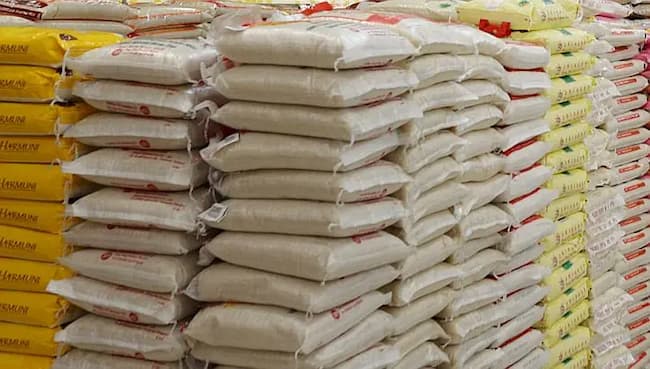A recent report highlights a significant surge in rice prices in Nigeria as the nation grapples with a declining local production. The study indicates a steady increase in rice consumption, surpassing the capacity of local supply and resulting in an annual supply gap of approximately two million metric tonnes.
The AFEX Wet Season Crop Production Report for 2023 reveals a staggering 37% spike in rice prices since the beginning of the year. According to the report, the escalating demand for rice in Nigeria correlates with the continuous growth of the rice market, nearly keeping pace with the annual population growth projection of 2.6%, resting at two per cent. This surge in demand has contributed to the aforementioned supply deficit.
Despite Nigeria’s potential to become a net rice exporter, the nation has expended over $15 billion in the past decade to meet its expanding rice consumption needs. The report attributes the global increase in rice prices to various factors, including India’s ban on rice exports and the potential impact of El Nino on key production regions. Additionally, disruptions caused by rain and quality variations during Vietnam’s summer-autumn harvest have further fueled the spike in prices.
The report draws parallels between global trends and the Nigerian scenario, highlighting a 37% year-to-date increase in rice prices. This surge is attributed to reduced production in 2022, mainly caused by flooding during the wet season. The firm also points to the ripple effect of international market dynamics as a contributing factor to the escalating prices.
Despite the challenges, the report anticipates a 4% increase in rice production, accompanied by a projected 32% rise in the price of paddy rice. The situation underscores the intricate interplay between local production, global factors, and their collective impact on the availability and affordability of a staple commodity like rice in Nigeria.













